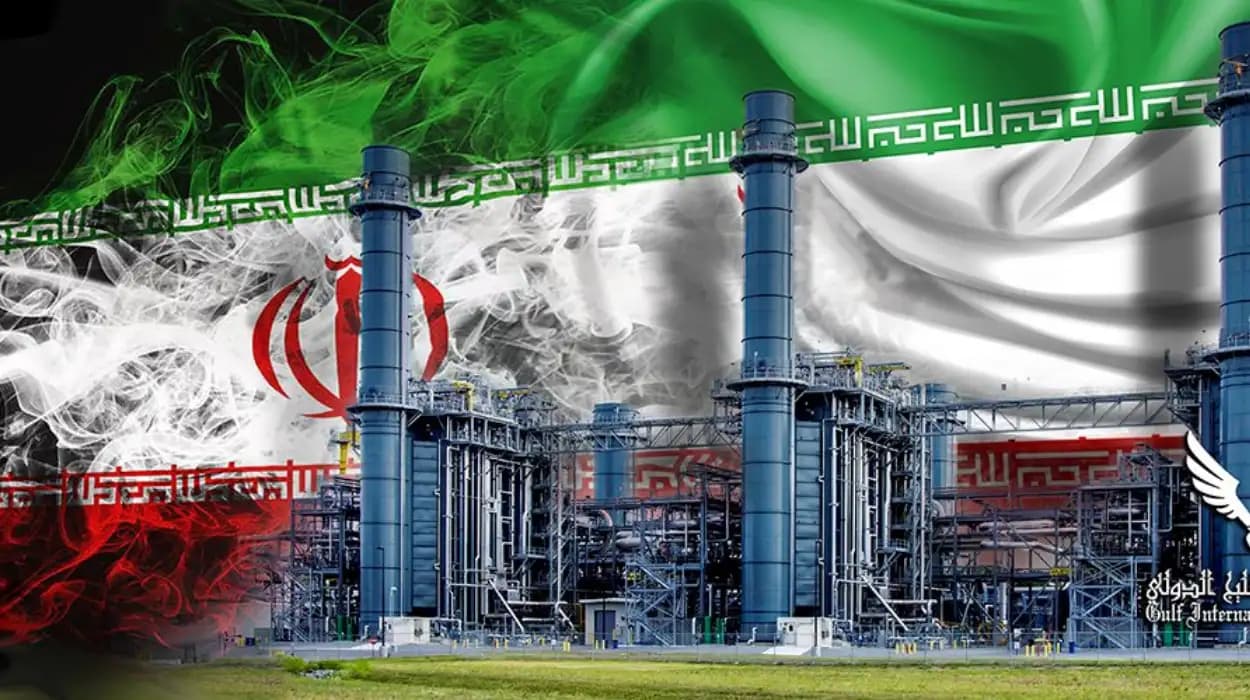Iran has long been a pivotal player in Middle Eastern
geopolitics, balancing a complex interplay of ideological, strategic, and
pragmatic interests. More recently, Tehran has adjusted its approach, seeking
to strengthen regional diplomacy while expanding international cooperation in
energy, especially amid evolving global energy markets and geopolitical
pressures. This article explores Iran’s evolving diplomatic strategy in the
region and its multifaceted role in international energy cooperation, offering
an authoritative yet accessible examination that remains relevant over time.
Regional Diplomacy: A Shift Toward Engagement and Institutional Mechanisms
Iran has been intensifying its diplomatic efforts to
consolidate its influence through institutional frameworks rather than relying
primarily on military power. Recent shifts underline a strategic priority to
reduce the risk of direct conflict, notably with the United States and Israel,
by emphasizing diplomacy in its regional policy. This pivot is demonstrated by
high-level engagements such as those with Iraq and Lebanon, signaling Tehran’s
emphasis on strengthening ties through bilateral and multilateral institutional
cooperation. The expanding role of Iran’s National Security Council in shaping
foreign and security policies exemplifies this sophisticated, diplomacy-first
approach.
Tehran’s focus extends beyond immediate neighbors to broader
regional frameworks, including active participation in organizations like the
Shanghai Cooperation Organization (SCO), BRICS, and the Eurasian Economic
Union. These platforms facilitate political dialogue, economic exchange, and
security collaboration, enabling Iran to embed itself in a network of emerging
powers and regional alliances that challenge Western dominance. Moreover, Iran
has engaged in efforts to revitalize trade routes and economic mechanisms such
as border markets and special economic zones, enhancing economic
interdependence as a form of diplomatic leverage.
Strategic partnerships, especially with Iraq, have deepened
beyond symbolism to institutionalized cooperation. Visits by leaders in key
Iraqi political coalitions to Tehran underscore the importance of Iran-Iraq
relations in regional stability and influence. This nuanced diplomacy aims to
balance power dynamics with flexible, non-confrontational tools.
Geopolitical Alliances and Global Positioning
Globally, Iran positions itself as a counterbalance to U.S.
influence by cultivating close relations with major non-Western powers,
particularly China and Russia. These relationships extend into military
cooperation, trade, and energy sectors. The 25-year cooperation agreement
signed with China epitomizes this alignment, encompassing trade, energy
development, and security collaboration. China’s economic partnership provides
Iran with critical support and an alternative to Western markets and sanctions,
solidifying Tehran’s foothold in shifting global power structures.
Iran’s strategic diplomacy is a dynamic blend of preserving
sovereignty, ideological tenets, and pragmatic calculations to assert regional
dominance while navigating international sanctions and pressures. Its approach
leverages a web of alliances and flexible diplomatic tactics to maintain
influence and safeguard its interests in a tumultuous geopolitical environment.
Energy Cooperation: Resource Wealth and Transition Challenges
Iran’s vast hydrocarbon reserves make it a major global
energy player, holding the fourth-largest oil and second-largest natural gas
reserves worldwide. Energy consumption in Iran has been rising consistently,
driven largely by domestic demand, with natural gas accounting for around 70%
of total energy use and oil comprising close to 27%. Despite this heavy fossil
fuel reliance, Iran is intensifying efforts to diversify its energy mix and
pursue renewable options.
Currently, Iran generates a small share of its electricity
from low-carbon sources, roughly 8%, which is low compared to the global
average. Hydropower dominates its renewable electricity profile (around 6%),
while wind and solar contribute minimally, indicating significant potential for
growth in clean energy sectors
Iran’s government has pursued energy cooperation with
international partners to accelerate renewable energy development. A recent
initiative to collaborate with Norway on solar and wind projects exemplifies
Tehran’s openness to technology exchange and joint ventures aimed at
modernizing its energy infrastructure. Norway’s expertise in offshore wind,
solar power, and grid integration serves as an attractive model for Iran’s
burgeoning renewable programs. Iran’s legal and financial incentives, including
green energy exchanges, bolster this international cooperation and encourage
sustainable investments.
Modernization Efforts and International Partnerships
Iran also focuses on upgrading its conventional energy
infrastructure to increase efficiency. Plans include replacing older turbines
with more efficient models, expanding combined-cycle power plants, and building
new facilities to meet growing demand while reducing emissions intensity.
Despite sanctions and geopolitical constraints, Tehran seeks partnerships that
provide access to new technologies and capital.
Collaboration with Russia in oil, gas, and transport sectors
offers another dimension of Iran’s energy strategy, enhancing trade links and
technical cooperation. Regional forums such as the Caspian energy conference
promote joint research, innovation, and industrial projects that reinforce
Iran’s role in regional energy security. These multi-level collaborations
advance Iran's energy ambitions while fostering wider diplomatic ties.
Navigating Sanctions and International Challenges
Iran’s energy diplomacy operates in a challenging
international context marked by reimposed sanctions, tensions over its nuclear
program, and geopolitical rivalries. Tehran has expressed frustration with
Western-led mechanisms, which it views as attempts to limit its regional
influence and economic development. The country’s relations with European
nations remain complex, as negotiations over nuclear issues continue amid
renewed sanctions and political divergences.
Nevertheless, Iran continues to assert its right to peaceful
nuclear energy development and seek international cooperation frameworks
emphasizing sovereignty and equitable engagement. Its energy diplomacy thus
must balance advancing development goals with mitigating diplomatic isolation.
Iran’s role in regional diplomacy and international energy
cooperation is multifaceted and evolving. On one hand, Tehran is reorienting
its regional strategy toward diplomatic engagement and institutional alliances,
seeking to reduce direct confrontation risks while enhancing influence through
pragmatic partnerships. On the other hand, Iran leverages its vast energy
resources and growing interest in renewable technologies to forge international
cooperation that supports modernization and economic resilience.
This dual approach—combining regional diplomacy with energy collaboration—reflects Iran’s strategic imperative to safeguard sovereignty, assert regional power, and navigate a complex global environment. As energy demands rise and geopolitical dynamics shift, Iran’s ability to adapt its diplomatic and energy policies will remain central to its long-term role in the Middle East and beyond.
